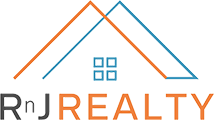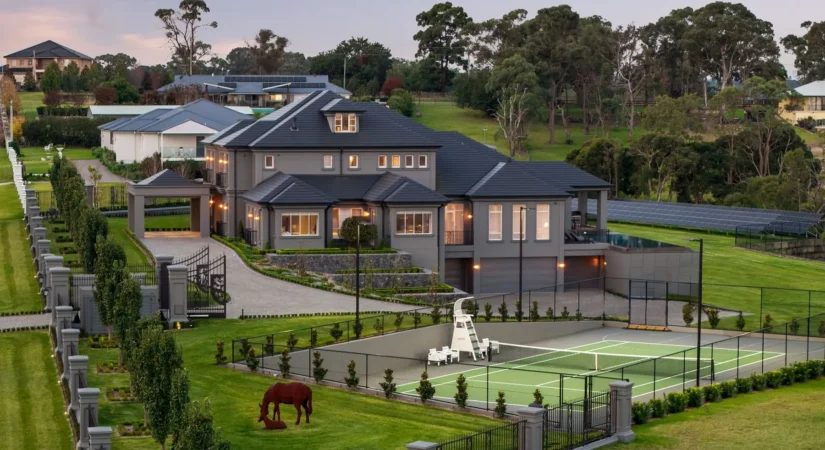The NSW property market is entering a period of cautious optimism. After a few years of volatility, rising interest rates, and affordability pressures, many market watchers believe the worst is behind us — but growth will be more tempered and selective. In this article, we unpack key trends, regional variations, risks, and opportunities shaping the near-term trajectory of the NSW real estate market.
Macro Outlook & National Context
To understand what’s ahead for NSW, it helps to first anchor on national forecasts and macro drivers.
-
Moderate price growth expected nationally — KPMG forecasts that nationwide house prices will rise by 3.3 % in 2025, with a stronger 6.0 % in 2026, while unit prices (apartments, townhouses) are expected to grow by 4.6 % in 2025 and 5.5 % in 2026. KPMG Assets+2KPMG Assets+2
-
The Domain forecast is a bit more aggressive, projecting average national house price growth of 4–6 % in FY 2025. auspropertyprofessionals.com.au
-
Other forecasters are more cautious — for example, Westpac economists predict only about 3 % growth for 2025, citing affordability constraints, supply bottlenecks, and uncertainty about interest rate cuts. brokernews.com.au
-
A “softer growth” scenario is also reflected in PropTrack’s outlook, which suggests 1–4 % growth nationally in 2025. Real Estate Australia
In short: the national market is unlikely to see explosive gains akin to the post-COVID boom, but a more sustainable, modest upward trend is plausible — provided key risks (rates, supply, inflation) hold in check.
NSW in Focus: Key Trends & Forecasts
1. Price Trends & Performance
-
The average mean dwelling price in NSW was around AUD 1,256,200 in the June 2025 quarter, making it the highest among Australian states. Australian Bureau of Statistics
-
Within NSW, Sydney’s property market is recovering: improved buyer sentiment following interest rate adjustments is helping renew momentum. Property Update
-
Realestate.com.au identifies several Sydney suburbs where house price growth over 4 % is predicted — meaning a potential uplift equivalent to ~AUD 100,000 in certain locales. Real Estate Australia
2. Regional NSW vs Sydney & Metro Areas
-
Regional NSW continues to experience steady but modest growth. In Q1 2025, regional dwelling values increased by ~0.4 %, and over the year ending Q1, they rose by ~3.6 %. NAB
-
The trend suggests regional markets are holding up, though growth is softer compared to capital city markets. NAB+1
-
Regional markets such as Lake Macquarie, Wollongong, Newcastle, and Shoalhaven are often singled out as “ones to watch” — especially for buyers seeking more affordable entries. OpenAgent
-
Some commentary, however, warns of a planning skew: new housing development is being pushed toward more affluent areas (east/north of Sydney) under transport-oriented development (TOD) strategies, potentially limiting supply expansion in affordable outer suburbs. The Guardian
3. Transaction Mix & Buyer Behavior
-
In NSW’s recent property market data, houses still dominate purchases, though their share dipped from 60.14 % in Q1 to 59.73 % in Q2 2025. Securexchange
-
Vacant land purchases are showing stronger growth — up from 8.33 % to 9.45 % of sales share, indicating interest in new builds and customized housing in expanding corridors. Securexchange
-
Among first-home buyers, strata dwellings (units, townhouses) are increasingly preferred — their share rose from 51.66 % in Q1 to 53.24 % in Q2. InfoTrack+1
4. Supply, Shortages & Construction Trends
-
A persistent issue for NSW is housing supply. Recent data suggests the National Housing Accord has underdelivered in NSW, with ~ 4,000 fewer homes built than projected in the first 12 months. Daily Telegraph
-
The lag between approvals and actual completions remains a structural constraint, meaning even if more approvals are granted, conversion to physical supply takes time. KPMG Assets+2KPMG Assets+2
-
There are also large-scale proposals underway — for example, a 444-unit development in the Bella Vista / Kellyville corridor as part of a transit-oriented development push. Daily Telegraph
5. Rent & Rental Market Outlook
-
The rental market in NSW (especially in Sydney) is expected to face mixed fortunes. Some suburbs (especially high-rent prestige ones) may even see rent declines, while outer suburbs could see rent ascent of up to ~15 %. Daily Telegraph
-
Vacancy rates are tight, which gives some upward pressure to rents, though the pace may moderate. KPMG Assets+1
Forecast Summary & Scenarios for NSW
Here’s a consolidated, more localized forecast for NSW:
| Metric | Best Estimate / Range | Drivers & Caveats |
|---|---|---|
| Annual growth (overall dwelling values) | ~2.5 % to 5 % | Depends heavily on rate cuts, buyer sentiment, and supply constraints |
| House vs Unit growth | Units likely to slightly outperform (i.e. 3–5 % vs 2–4 %) | Units remain more affordable and accessible to first-time buyers |
| Regional NSW growth | ~3–4 % annually | Slower but stable, especially in affordable markets |
| Rental growth | ~3–4 % (with variance) | Tight supply keeps pressure, but tenant preference shifts may moderate growth |
| Top-growth suburbs / precincts | Some Sydney suburbs, plus growth-oriented corridors (e.g. near transit) | Location, infrastructure, and planning support are differentiators |
Upside scenario: If the RBA delivers rate cuts earlier than expected, and borrowing conditions ease, NSW could see growth toward the upper end of these ranges.
Downside scenario: Inflation surprises, further rate hikes, or deeper affordability stress could stall growth or even push localised declines.
Strategic Implications for Buyers, Investors & Developers
-
For Buyers / Homeowners: The moderate growth environment suggests that buying in the right location is crucial. Overpaying today may suppress your future upside. Emphasis should be on suburbs with strong infrastructure, transport links, and potential for capital growth rather than speculative plays.
-
For Investors: Strata dwellings may continue to offer more accessible entry points and stronger relative upside, but yields will matter. Be selective — look for properties in supply-constrained, high-demand precincts.
-
For Developers & Planners: Accelerating the pipeline from approval to completion is critical. Projects that align with TOD goals and infrastructure corridors will likely attract support and interest.
-
For Government & Policy: Addressing planning, zoning, infrastructure funding, and balancing development across metro vs outer suburbs will be central to amplifying supply without exacerbating inequality.
Conclusion
The NSW real estate market in 2025–2026 looks set for a period of tempered recovery, with moderate growth, divergent performance across segments, and important role of interest rate direction and supply constraints. While the days of double-digit annual gains may be behind us, the fundamentals still support steady appreciation — for those who choose location wisely and manage risk.



